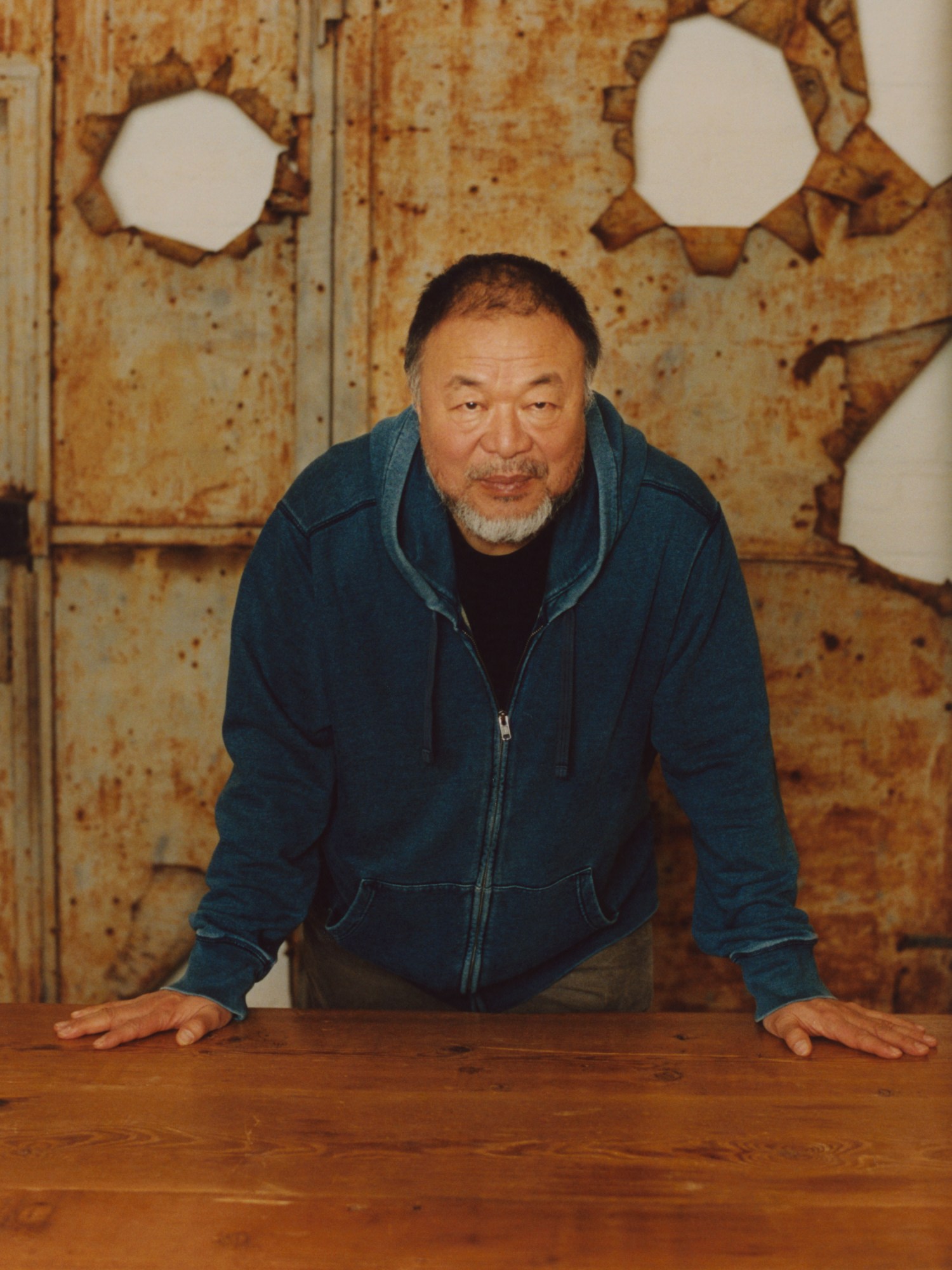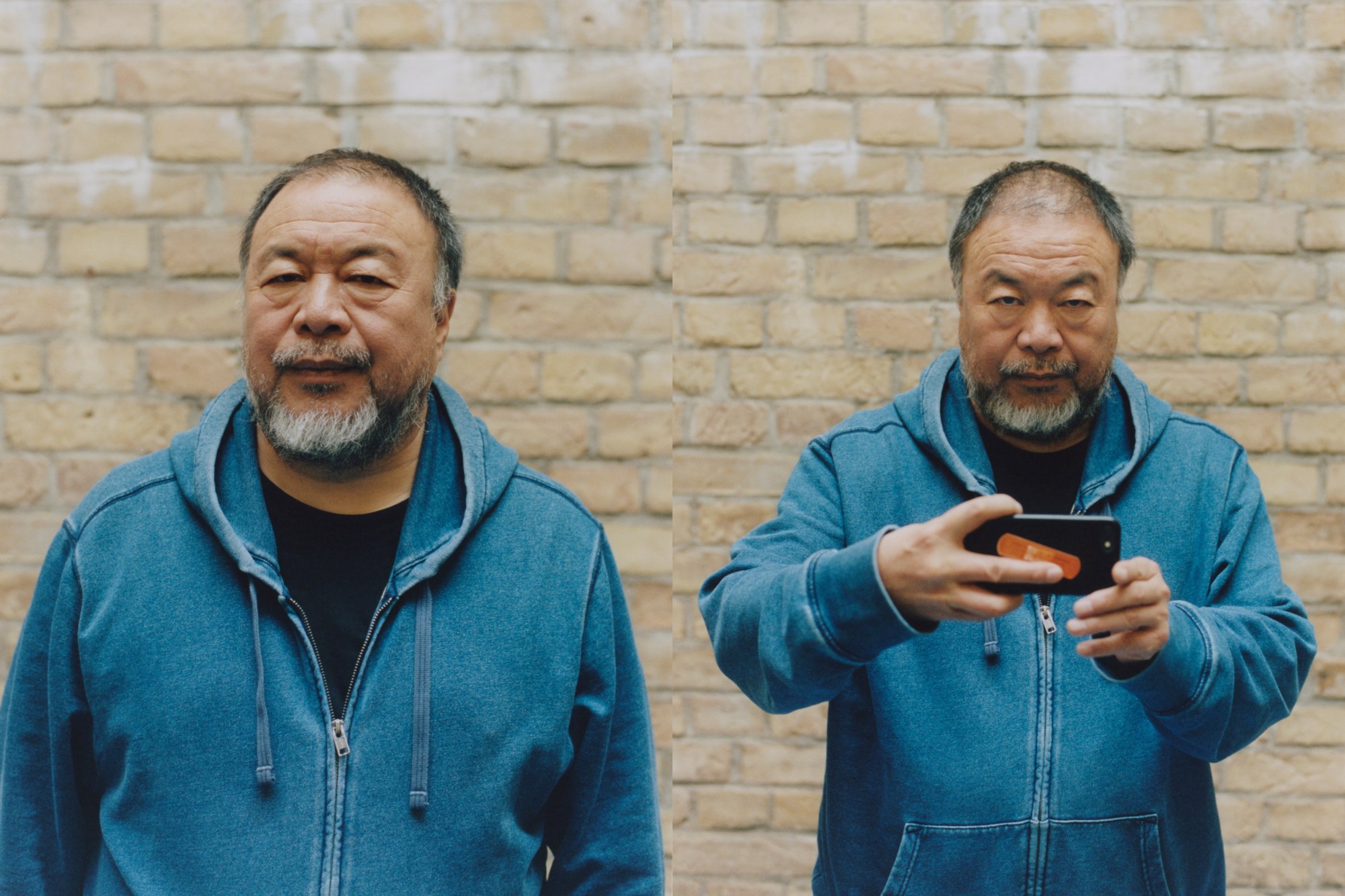In the UNHCR’s most recent weekly Refugee Brief, it was reported that “72 people die each month on treacherous land routes to Libya from East and West Africa before they even attempt to cross the Mediterranean” — which is itself one of the deadliest journeys in the world. The fact that such a cruel fate should befall so many people who have left their homes in search of safety and sanctuary is nothing short of an unspeakable tragedy. But the number of people around the world that are forced to make similarly life-threatening journeys is truly abstract in its scale. At the end of 2019, an estimated 79.5 million people had been forcibly displaced from their homes,
The human brain has not evolved to comprehend such large figures. When you hear that the population of the UK currently stands at 66.65 million, for example, it’s unlikely that you see that many faces in your mind. Still, hard as it is to accurately envisage, understanding that these incomprehensibly vast numbers are made up of individual human lives, each with thoughts, passions and aspirations as powerful as yours or mine, is a duty to which we must all commit.
There are few public figures that carry out this duty as faithfully as Ai Wei Wei, the dissident Chinese artist. A self-professed ‘high-end refugee’ himself, leaving China in 2015 following a well-publicised string of altercations with his home nation’s government, he settled in Berlin — where he still maintains his studio, a cavernous old brewery on the border of Mitte and Prenzlauer Berg — before eventually moving to Cambridge in 2019.
During this five year period, he has made the history of migration the central preoccupation of his practice, exploring conflict as the root cause of human flow. The latest in a series of works grappling with refugee crises and their root causes is History of Bombs, a site-specific artwork installed in the atrium of the Imperial War Museum in London. Covering over 1000 square feet, the commission provides an encyclopaedic genealogy of the bombs that humankind has created, gesturing towards the incalculable damage they’ve caused to livelihoods over years gone by — as well as towards the continuation of this family tree and its legacy of destruction.
The exhibition, part of the IWM’s Refugees season, was set to open back in April, though, as we all know too well, 2020 had rather different plans in mind. With the museum and the commission now opening this Saturday, we revisit the frosty February morning when we sat down with Ai Weiwei in his studio in Berlin.

Let’s start with the title of the commission, History of Bombs. It’s very evocative, immediately suggesting violence and war.
A title is often very boring, but it suggests a much larger picture. If you talk about human tragedy and violence, or the refugee situation, you cannot avoid talking about the cost. There’s always a cost. How can I be so blind as to discuss all of those issues without finding out ‘what’ and ‘who’ and ‘how’? These are essential questions. Who made these bombs? When were they made? For what reason? How have they been used? What are the casualties of these bombs? What is the potential of these bombs?
We did a study, purely for my own curiosity, when we started to work on [my 2017 documentary] Human Flow. I had to know. I could not just say, ‘Oh, people move from place A to place B’. I had to know what the reasons were for them to give up their homes. To take this dangerous journey. Most of them will never reach their destination, or a clear destination at least. And even when they do reach it, it takes a few generations to adjust to those places. In general, I think human society is very blind. [We intentionally try] to block out necessary evidence in order to be able to come to clear conclusions. Essential studies are necessary, basic facts have to be revealed.
So let me study bombs, I said. We conducted a study with bomb specialists in Germany — people who really know the history of bombs — and we did a lot of research. We then made 3D designs that would allow us to print those bombs, but what you see are only the 2D prints. But we actually have models that took up to two years to structure. They can be all be printed and made, physically. Of course, we’re not intending to try it, but the study is done. The work is done.
The installation will take over the entire atrium of the IWM — how did you decide on having bombs take over a space that also houses decommissioned artillery?
Well, I’ve been given the possibility to do it, due to my efforts to study the refugee crisis. We visited the location and decided that this would be the most proper way. It’s quite an abnormal exhibition space, it’s a lobby — there are people passing in and out, there are already objects there, and it’s surrounded by levels and shops. I try to always relate my work to the architecture of the commissioning institution. What can be there? I don’t want to create another object that could block people’s way of traffic. I don’t have the ambition of creating some kind of physical installation there. But what I can do is take the same surface area to temporarily set up an image, with nothing physically added into the space, but that still dominates the total environment in a maximal way.
So, in creating this family tree of bombs, are you attempting to draw attention to how present in that history we still are?
To the potential of these bombs! We know how many people they have killed. But that generates the same kind of attention as one guy, who could be mentally imbalanced, pulling out a knife and killing someone on London Bridge — that’s the world [we live in].
You’ve relatively recently moved to Cambridge having been based full-time in Berlin.
Well, I spent four years in Berlin. I never even thought of going anywhere else. You can see that I have my studio here, and I’m working all the time — weekends, holidays. I loved the possibility [it offered] until I had to move. I feel I’ve had enough with Germany. I’m a person who never hesitates, I never withhold my opinions. Once I decide to go do something — and it could be a mistake — I do it, and I’ll take the consequences. That’s why I feel that with Britain, Brexit is OK. You know, divorce is OK, separation is OK. It’s human nature. We just have to respect our responsibilities and accept the consequences. And maybe something better will come out of it.
How do you compare the conversations on forced migration and refugee experiences in the two countries? And how do you think this work might have been received if shown at Hamburger Bahnhof or another major German institution?
My experience in Germany is not a happy or desirable one. It’s not only because I don’t speak German. You don’t have to have a language — language is just one tool to communicate. But, in general, we don’t share a similar state of mind in terms of freedom of speech. When I’m in Germany, I’m often seen as a respectable artist — they like my work very much. But I’m also seen as some kind of hero, an anti-Chinese, anti-communist hero. But what they don’t understand is that my problem is not with communism, that would be too small. It’s such an underestimation of what my problem is. My problem is with inhumane conditions and [issues related to] human rights and freedom of speech — and that could be anywhere. My voice isn’t welcomed in Germany on the issues of European, especially German, relations with China; on Hong Kong‘s struggle; on coronavirus; on censorship in the Berlin film industry; on problems with the German press, which is always one-sided, it doesn’t allow for different kinds of discussions and voices. In conclusion, I had to leave — I can not be a decorative part of this German art world. I had to take another path.
And do you feel the UK offers that?
I have no expectations about the UK at all. My sole reason for going there is so that my son could go to an English-language school. I did a comparison with the US and Canada, and finally chose Cambridge as a safe place for my son to continue his education for the next few years. In my very short communication relating to the UK, I can see that in the last week I probably received more interviews than in the whole five years I spent in Germany. So I can see that people the UK likes to have discussions. The fabric of UK culture is not just tolerance, but acceptance of different cultures, which doesn’t happen in Germany. Germany has strong tolerance, but no acceptance. They’re two very different things.
Coming back to your work, I wanted to touch on your recent film, Omni. In it, you focus on moments of joy in…
In the most inhumane situation.
Exactly, in a Rohingya refugee camp. What made you want to focus on those transient moments of joy in that context?
I don’t think that life is about absolute conditions. I don’t think drinking afternoon tea is the highest form of human civilisation. People trying to find a dish to cook for their elders, trying to take care of their children, teaching them to spell: these joys are much higher. The highest joys in human society are about overcoming difficulties — that’s freedom. I don’t think that established European life still has that joy. Basically, European lives are very corrupted — they’re lazy and they just pretend that they have such freedom and democracy which they know is not there. It’s an intellectual laziness, rather than a physical one.
You commented on how the space is one of almost passive observation — it’s one that people just pass through. What sort of feelings do you hope History of Bombs will evoke in museum visitors?
Honestly, I made it with an argument in mind, and then I forgot about it. I don’t care and I can never put myself in such a situation that I feel disappointed. I made it, I leave it, I make something else. I’m very much like an insect, in that respect.

This interview has been edited and condensed for clarity.
History of Bombs by Ai Weiwei can be seen at IWM London from 1 August 2020 until 24 May 2021. It forms part of IWM’s wider Refugees season.
Credits
Photography Sophie Klock


